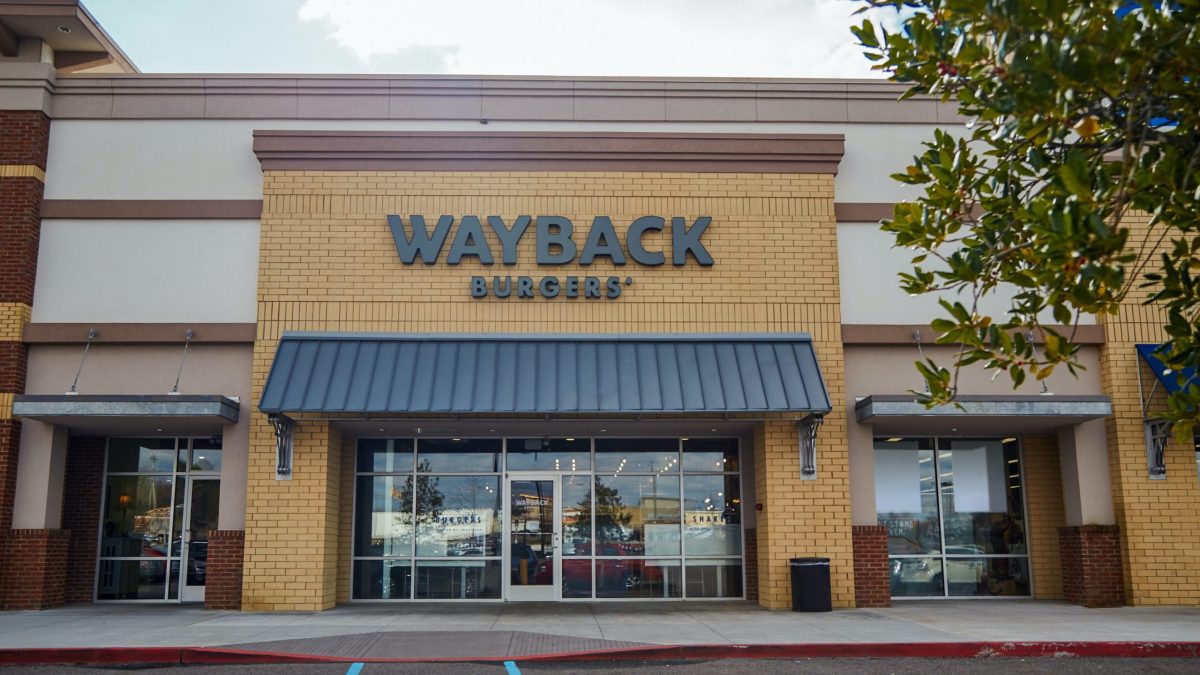The No. 1 reason restaurants fail or perform poorly is a bad location, according to Dale Willerton and Jeff Grandfield, co-authors of Negotiating Commercial Leases & Renewals for Dummies.
For franchise operators, franchisors often assist with market analysis and strategic site selection. For independents, some advice is helpful because new challenges await.
As Restaurant Development + Design magazine suggests, site selection is a mix of science and art. The science is the objective criteria, such as area demographics, traffic counts and average income per household, while the art would be the subjective “curb appeal” factor.
Consider the following restaurant site selection criteria among the steps to opening a restaurant.
Demographic Research
Some of the first factors to look at are age and income, as well as other variables such as daily traffic patterns, especially traffic passing your potential locations.
Consider not just who your customers may be, but also what they do. This means the activities and business errands they run in the area. Is the location ripe for someone to swing by a drive-thru or curbside pickup for lunch or dinner on the way to work or home?
What neighborhood is near the location? Furthermore, what businesses are nearby?
If you choose to buy into a franchise system, many franchisors give you access to resources and capabilities for helping get and understand the data.
Visibility
Being in the thick of a thriving trade area isn’t much help if your business’ visibility is limited.
Depending on the neighborhood and your concept, you may be relying on foot traffic or street traffic. Can people spot your signage and building as they pass by?
Keep in mind that while these are still critical considerations, the digital age has added a new, helpful wrinkle. Technologies such as the Wayback App can help customers locate the nearest location of a restaurant they want to find, as well as place an order in advance. Keep in mind, smartphone map apps can easily lead the way.
Customers are changing their lifestyles and how they use restaurants. More and more often, they are ordering from a distance and picking it up or having it delivered, and restaurants are adapting to this lifestyle.
In fact, just two years ago, experts posited that traditional demographic metrics may be less important as consumers trend in this direction. In 2018, Restaurant Development + Design wrote “the landscape is shifting from one that targets highly trafficked, big-draw retail centers … to one in which the best sites could simply be those in closest proximity to target customers for takeout and delivery …”
Now, more restaurants than ever have now been forced to adapt quickly, thanks to the COVID-19 crisis. And, more consumers are getting accustomed to ordering in these ways. Expect that to continue to a greater degree going forward.
But for impulse visits, nothing beats good old-fashioned physical visibility to pull in those passing by.
Ingress and Egress
How easily and conveniently can your customers get in and out of your parking lot? Is there enough space for adequate parking — not just by your own estimation, but what is required under state or municipal ordinances?
People will skip a meal decision because of the lack of convenience.
Know What Zoning Requirements Are
Obviously, the search must be narrowed to spots that are zoned for restaurant operation. This is one of the most important steps to opening a restaurant.
Consult an attorney in the area who is familiar with the ins and outs and has successfully helped other restaurants set up shop in compliance with the law.
Who Will Your Co-Tenants Be?
If you are opening in a shopping center or close to other businesses, do they have good potential for attracting customers that are also likely to eat at your restaurant? Do your demographics align with those of some of the other tenants’ concepts?
Nearby competitor restaurants can be a positive if the balance is right. Too many restaurants nearby may saturate the area, while having a few nearby can provide a good balance and establish the neighborhood as a go-to for dining out.
Study Competitors
Speaking of competitors, be aware of all direct and indirect competition. Visit them and study the experience they each offer.
Ask people in the area what they think of competitors and which ones they like and frequent the most — and why. All this legwork will inform how you frame your point of difference but also help you narrow down the best locations in order to fit into the scene but not be smothered or forgotten.
Rent and Other Costs
Besides labor, one of the biggest expenses for a restaurant is the cost of rent. Crunch it correctly on the front end to avoid paying more than you should.
Consider factors such as asking rent, tenant improvements, and single-, double- or triple-net leases. Do your research and work with a commercial real estate broker you can trust. Franchise companies often develop relationships with brokers who understand their model and will help you find a great location quickly.
Get Around
An often-overlooked component of restaurant site selection criteria is your actual observations.
Spend some time in the neighborhood yourself. Watch how people live and what they do. Talk to servers in other restaurants about the area.
As Restaurant Development + Design points out, it’s important to put boots on the ground and validate the data and research about the trade area.
If you are new to the restaurant industry and hungry for guidance and support, or even if you are a veteran entrepreneur making your next investment, buying a franchise may be the smart choice. Doing so can make the steps to opening a restaurant much easier.
For more information on franchising with Wayback Burgers, visit https://waybackburgers.com/franchising/.

